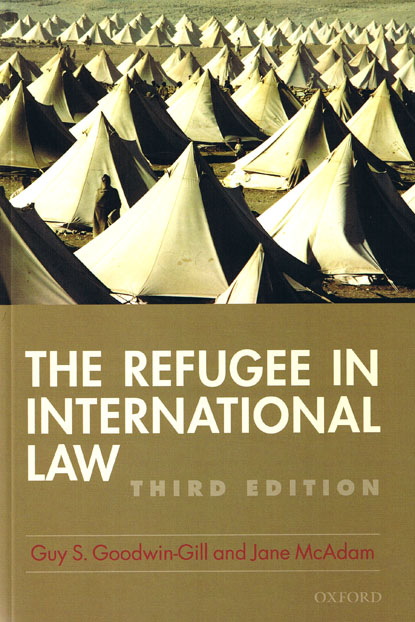
Millions of people today are forced to flee their homes as a result of conflict, systemic discrimination, persecution, and other violations of their human rights. The core instruments on which they must rely to secure international protection are the 1951 Convention relating to the Status of Refugees and its 1967 Protocol, now complemented by international and regional human rights treaties.
This book, the leading text in a field where refugee law is now a subject of global importance, examines key challenges to system of international protection, including those arising from within the asylum process, increased controls over the movements of people, and the 'new' concern with security.
This book represents an exciting new contribution to the field of refugee law and human rights law. It considers the legal obligations which countries have to people who do not meet the 1951 Convention/1967 Protocol definition of a 'refugee', but who have nonetheless been forcibly displaced from their homes, whether due to war, generalized violence, humanitarian disaster or torture, inhuman or degrading treatment or punishment.
The book analyses international human rights law to discern where legal obligations to provide such 'complementary protection' might arise, and considers the legal status which countries ought to provide to those thereby protected. It provides a comprehensive overview of States' current responses, and offers original and thoughtful suggestions for protecting such refugees within the international legal framework. The situation of refugees is one of the most pressing and urgent problems facing the international community and refugee law has grown in recent years to a subject of global importance.
In this long-awaited third edition, each chapter has been thoroughly revised and updated, every issue, old and new, has received fresh analysis, and 'complementary' or human rights-based protection is given special attention. Features include: analysis and assessment of developments in interpreting the refugee definition, with particular reference to 'social group', 'exclusion', procedures, and the impact of European Union harmonization initiatives.
In addition, this book reviews the situation of refugee women and children; the plight of Palestinian refugees; the protection of internally displaced persons; the role and responsibilities of the UNHCR, including in the administration of camps and settlements; the current status in general international law of the fundamental principles of non-refoulement, asylum, and the right to seek asylum; and the extent of protection possibilities in human rights treaties, particularly the European Convention on Human Rights.